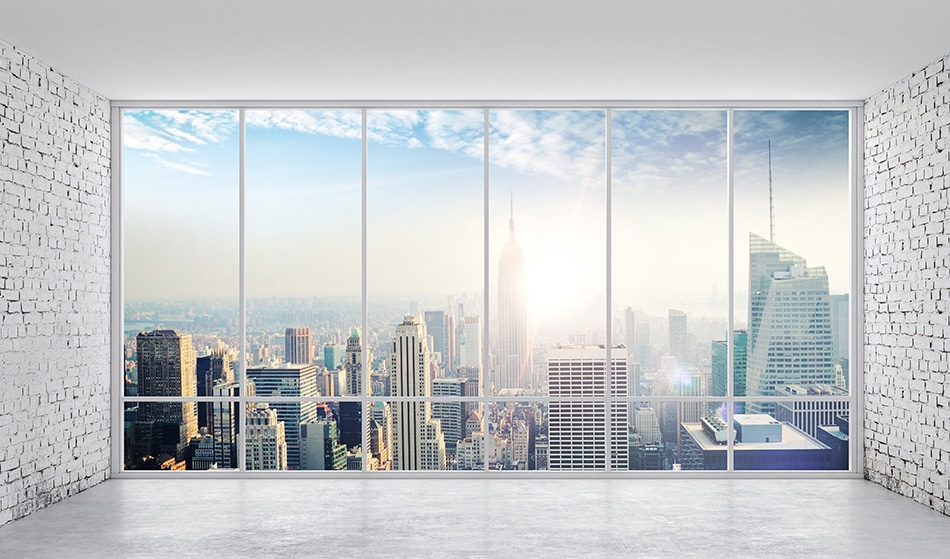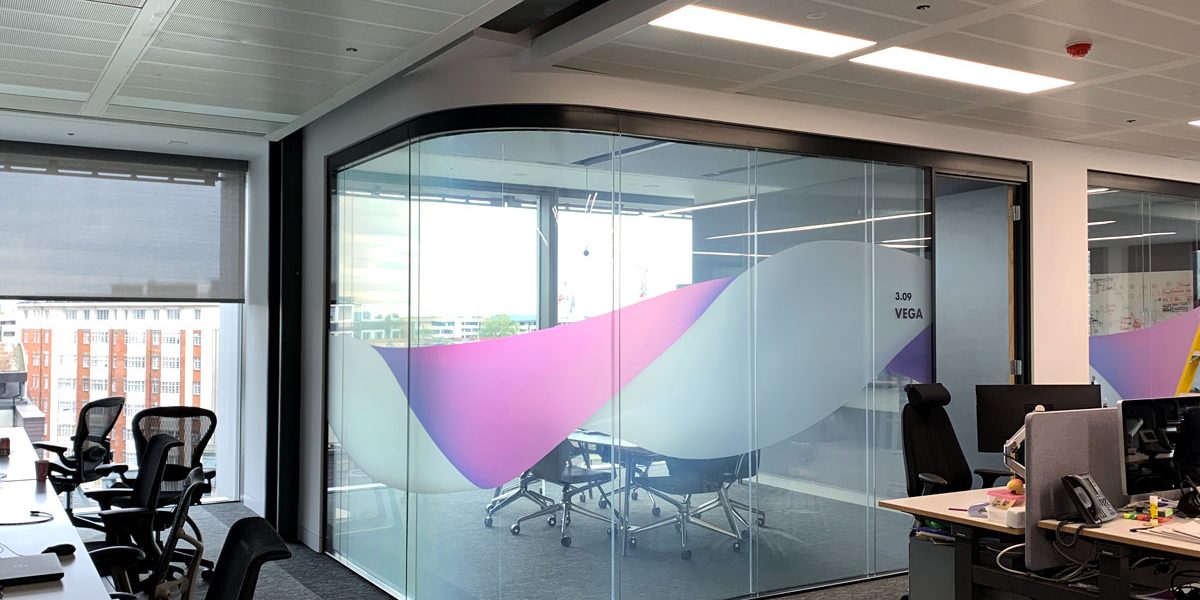Everything you want to know about smart film application in building
Smart glass, also known as light control glass, privacy glass, or switchable glass, is assisting to define the automotive, architectural smart glass, interior, and product design industry.
In the very simplest definition, the smart glass technologies change the quantity of light transmitted via typically transparent objects, allowing the materials to seem transparent, opaque, or translucent. The technology behind the smart glass assists to resolve the different design and the functional demand for balancing the advantages of views, natural light, and open floor plan with the requirement for privacy and energy conservation.
The guide is designed to aid your decision-making procedure and research about implementing the smart glass tech into the next project or including it in your services and products.

What Is This Smart Glass?
The smart glass is powerful, allowing the traditionally static element to become multifunctional and smart glass technology alive. This technology permits the control of numerous forms of the light involving visible light, IR, & UV. Privacy glass outcomes are based on the technologies that permit transparent elements (like polycarbonate or glass) to switch, on-demand, from a clear to shaded or entirely opaque.
The technology could be integrated into partitions, windows, and other transparent covers in numerous sectors, including interior design, automotive, architecture, smart retail window, alongside consumer electronics.
There are a couple of primary kinds of smart glass: passive and active. These are determined by whether or not the changeability needs an electrical load. If so, it is classified as active. When not, it is categorized as passive.
Kinds of active & passive glass technologies
Kinds of active glass technologies and common applications involve:
- PDLC, i.e., Polymer Dispersed Liquid Crystal glass, example: typically seen in the privacy partition in several industries
- SPD, i.e., Suspended Particle Deviceglass, example: windows that tilt to shade as looked in buildings and automotive
- EC, i.e., Electrochromicglass, example: a coated window that slowly tints for shading
The below mentioned are a couple of passive smart glass technology and popular applications for each:
- Thermochromic glass, for example, a coated window that changes in reply to temperature.
- Photochromic glass, for example, an eyeglass with a coating that automatically tints in the sunlight.

Smart glass application modes
The “Intelligence” of smart glass is applied in a couple of ways:
- Lamination of the films (SPD and PDLC) and coating (electrochromic) between the panes of glass
- Retrofitting the PDLC film to an existing window
In lamination, the glass fabricator goes on to cut a sheet of SPD or PDLC film and seal it between the two panes of the glass. Then the glazier or a partitioning company installs the glass, and the electrician connects it to a power source.
Retrofit PDLC glass should be utilized by a certified installer and adhered to a surface of the glass with either dry or wet adhesive.
Well, that’s it you have here to read and learn. To know more, you may look over the internet.
